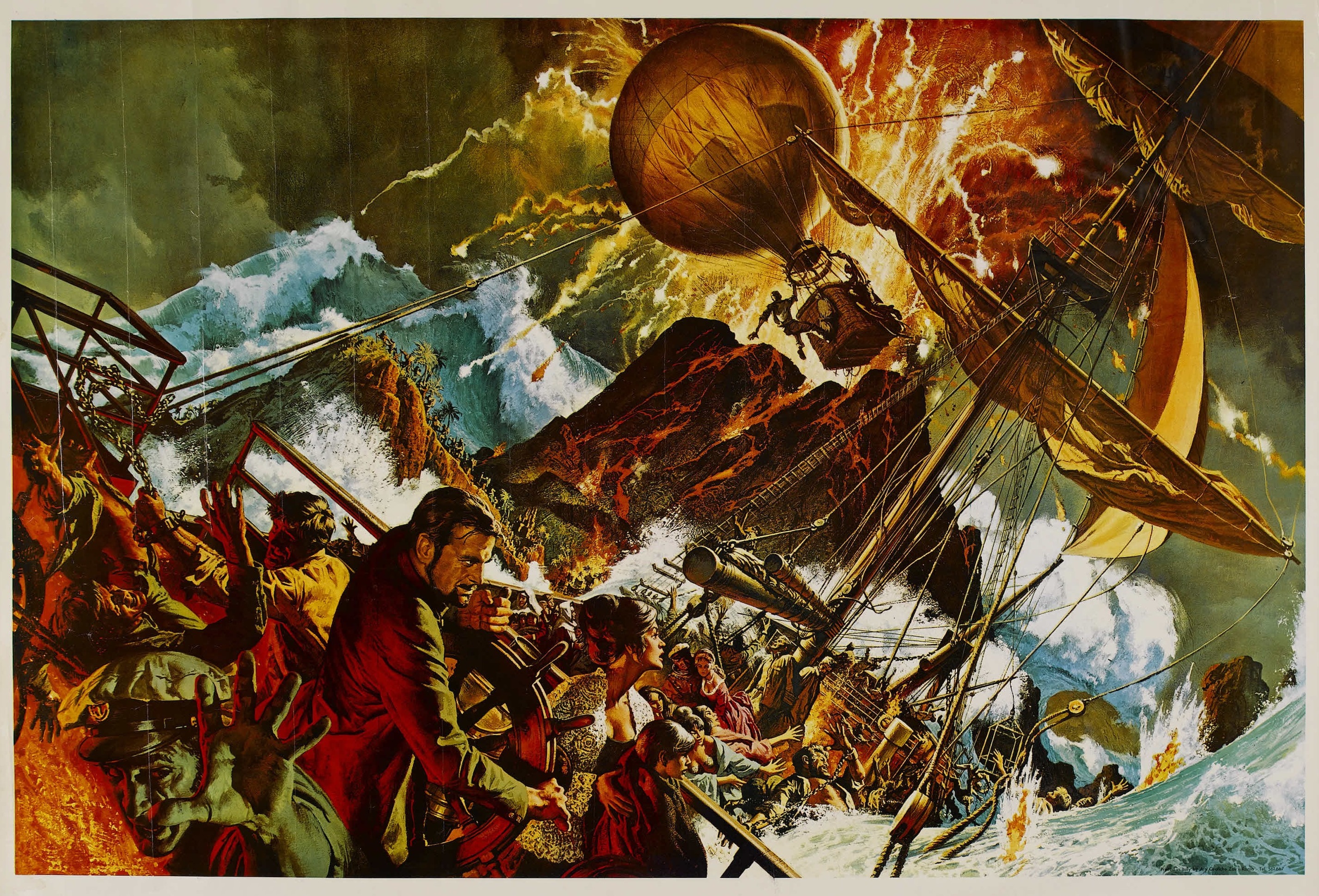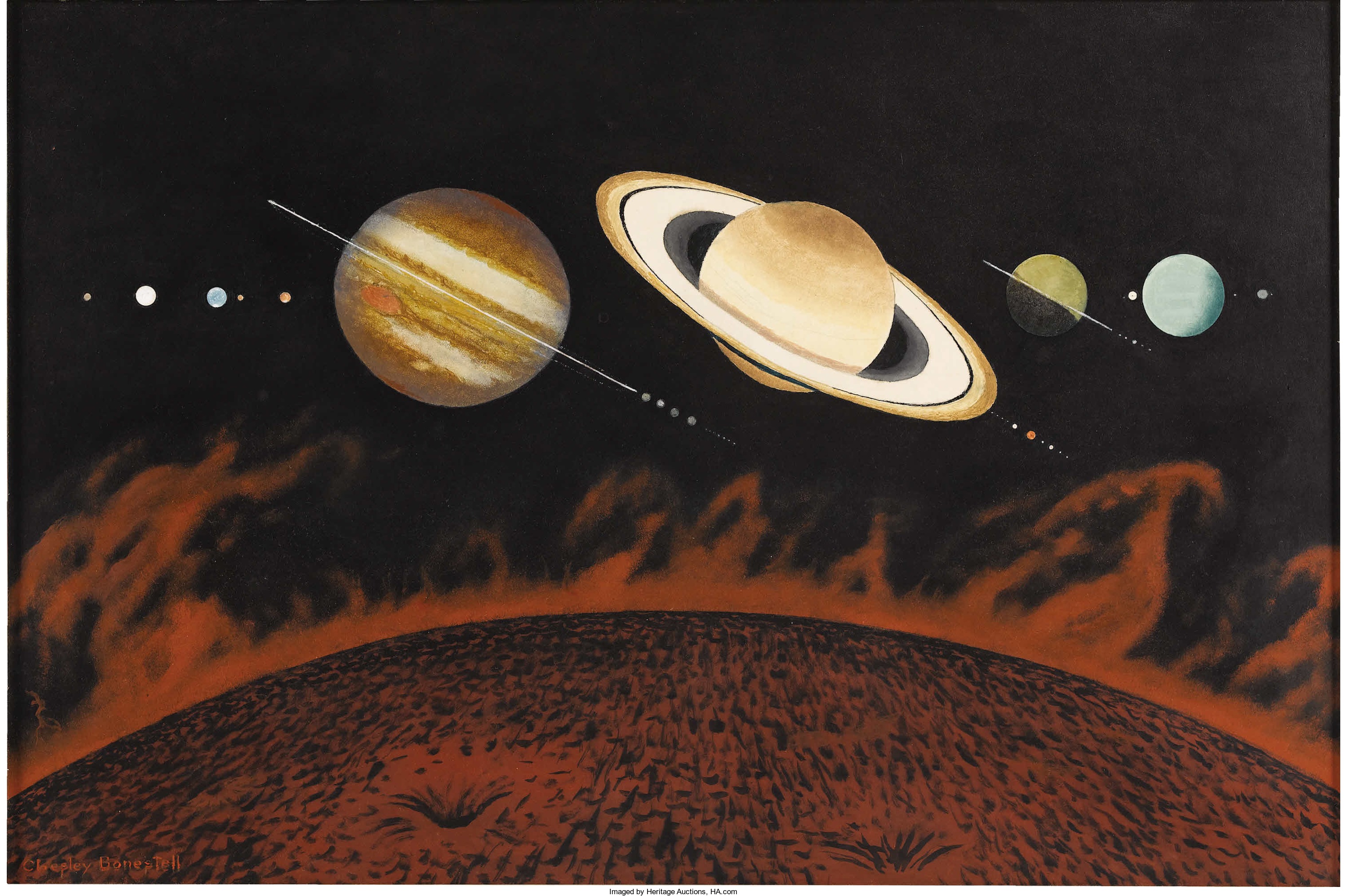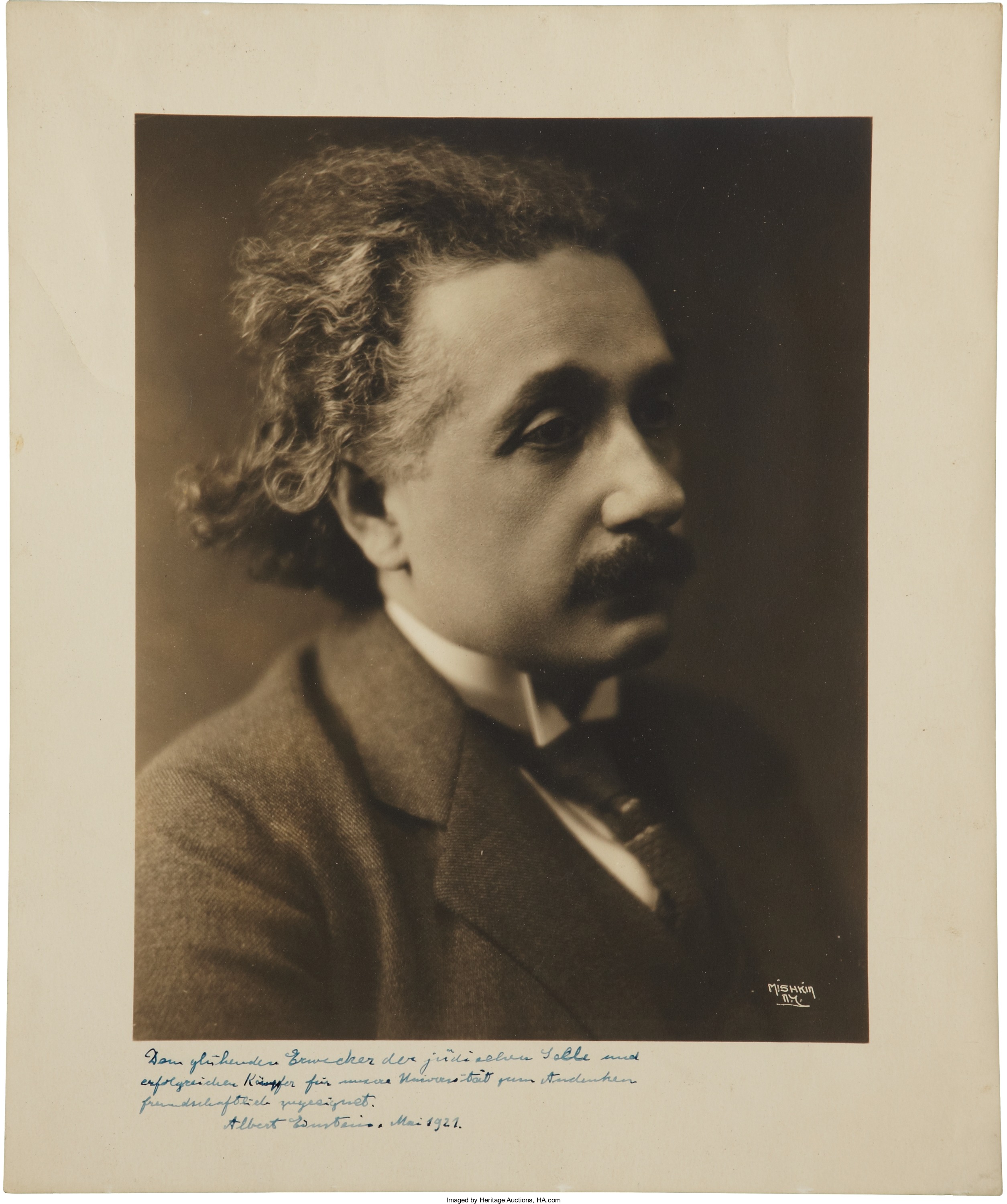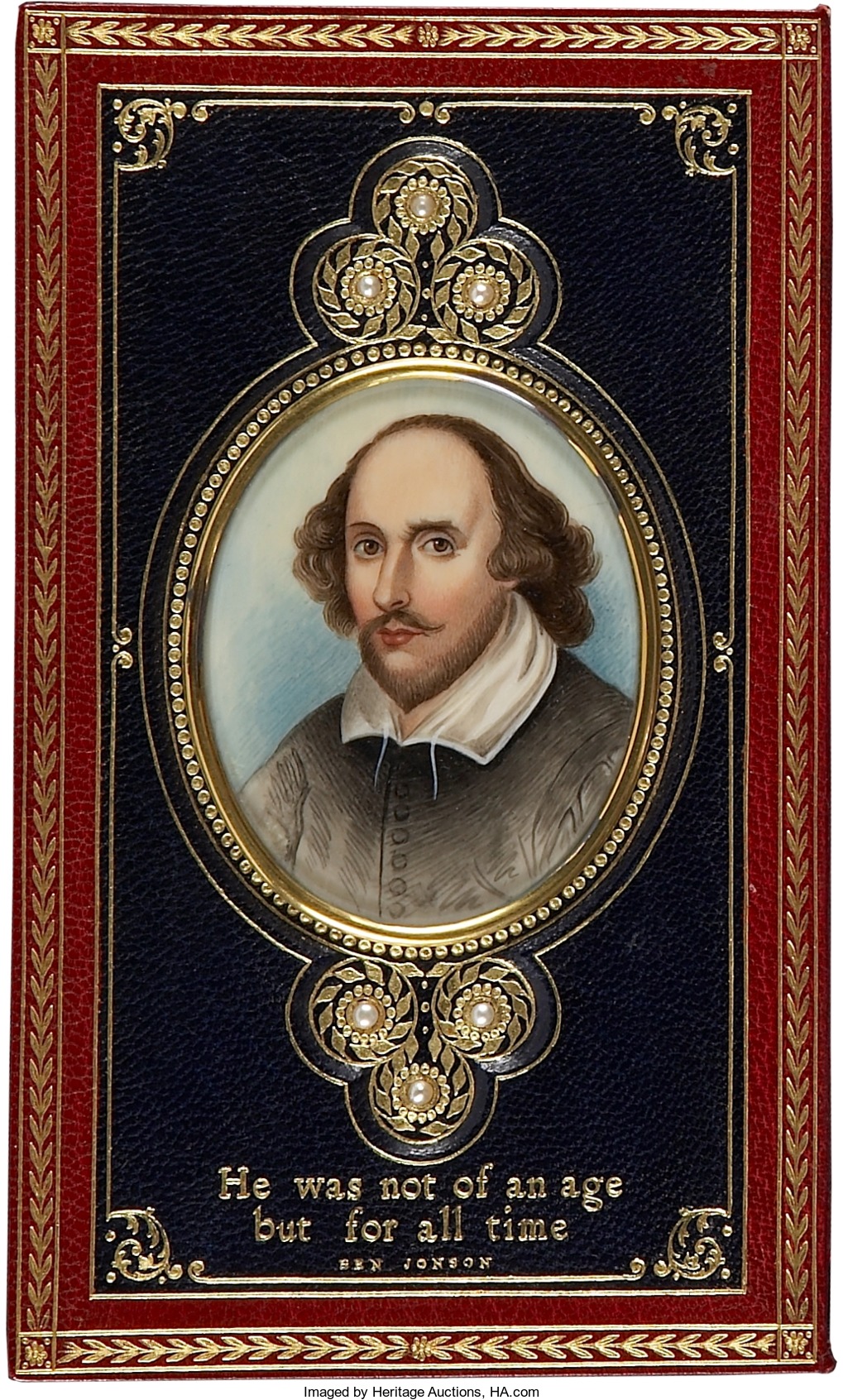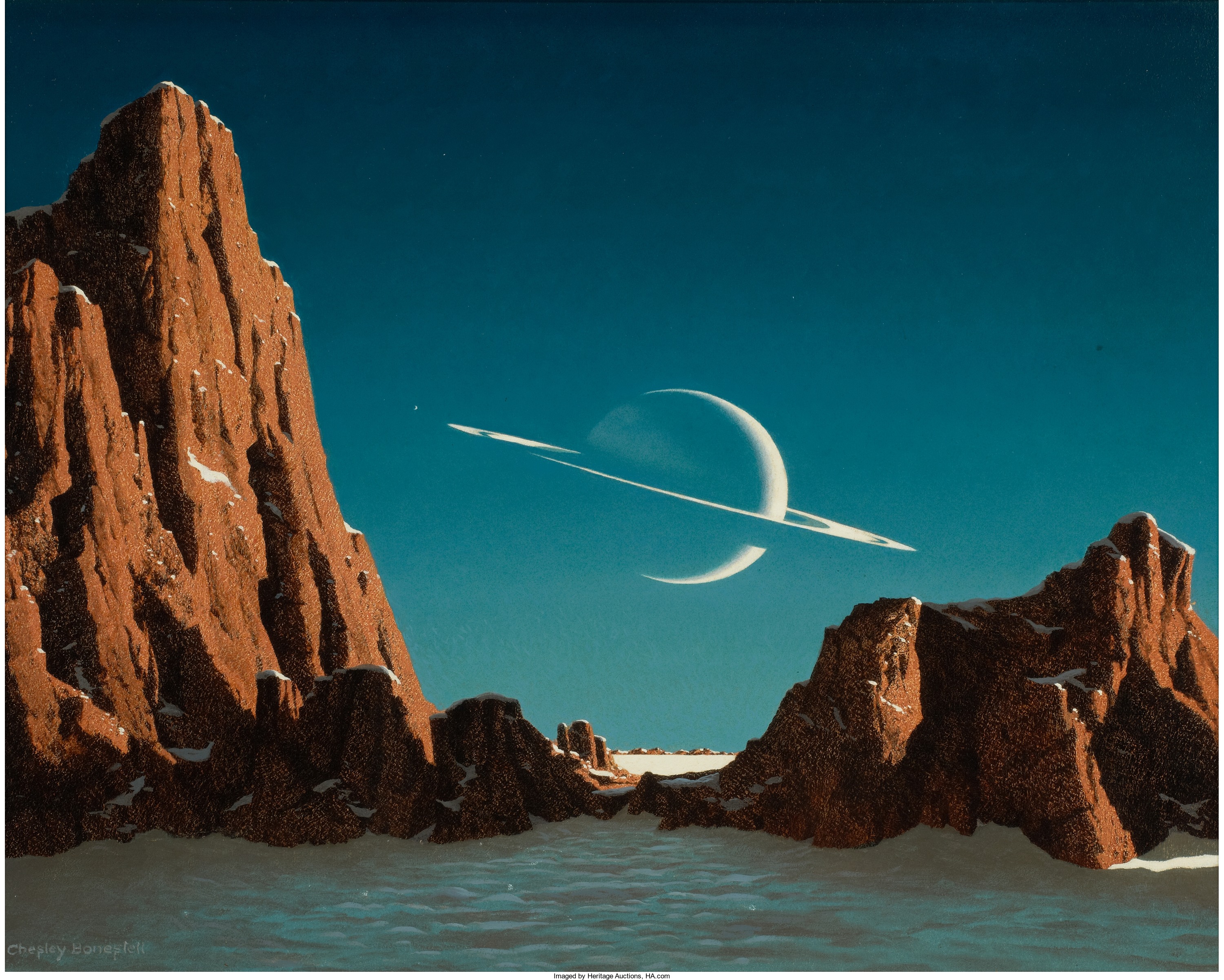
By Jim O’Neal
In addition to mighty Jupiter, there are three outer planets: Saturn, Neptune and Uranus. Astronomers generally call them gas giants, though they consist mostly of liquid and have solid cores.
The four have a lot in common including numerous moons, deep stormy atmospheres and rings that consist of rock or ice flakes. Today, we take a brief look at one of them, Saturn, since we’ve gained a lot of valuable scientific information about it in the past 10-plus years.
For starters, it is the second-largest planet (after Jupiter) and about 10 times the size of Earth’s diameter. It shines like a bright yellow star and its most famous feature is a magnificent ring system that is easily seen with a common telescope.
What makes Saturn even more interesting is information gathered from the Cassini spacecraft, which has been orbiting the planet since 2004. On Jan. 14, 2005, a probe from Cassini landed on Saturn’s largest moon, Titan. The Huygens probe marked mankind’s first landing on a body in the Outer Solar System.
The mission was to monitor Titan’s atmosphere and surface.
Titan turns out to be one of the most Earth-like worlds we’ve found to date, with a thick atmosphere and organic, rich chemistry. Cassini has revealed that Titan’s surface is shaped by rivers and lakes of liquid ethane and methane (the main component of natural gas). It appears volcano-like with perhaps liquid water under an ice shell playing the role of lava.
It is analogous to a frozen version of Earth … before our cyanobacteria began pumping oxygen into our atmosphere. Scientists speculate there may be a huge liquid ocean beneath the surface. All we would need then would be to find there a few sunken Spanish galleons loaded with gold coins to spark a new numismatic frenzy!
 Intelligent Collector blogger JIM O’NEAL is an avid collector and history buff. He is President and CEO of Frito-Lay International [retired] and earlier served as Chairman and CEO of PepsiCo Restaurants International [KFC Pizza Hut and Taco Bell].
Intelligent Collector blogger JIM O’NEAL is an avid collector and history buff. He is President and CEO of Frito-Lay International [retired] and earlier served as Chairman and CEO of PepsiCo Restaurants International [KFC Pizza Hut and Taco Bell].


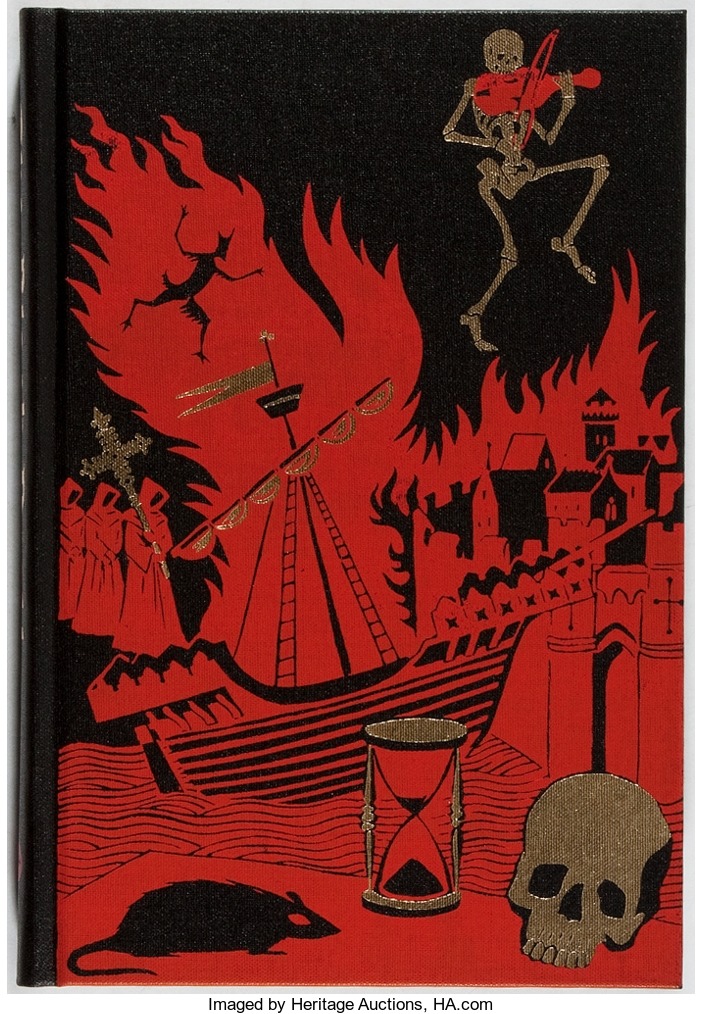
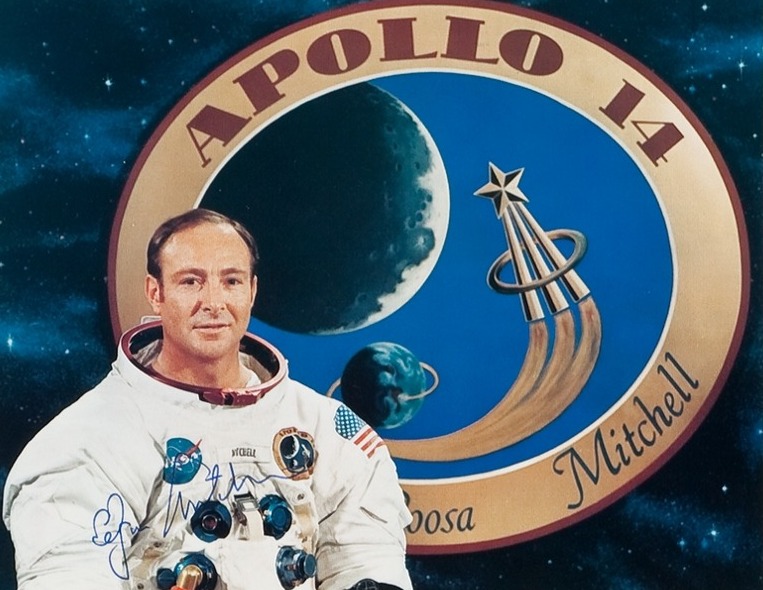 The Intelligent Collector learned today that Edgar Mitchell, the sixth of 12 American astronauts to walk on the moon, died Thursday. Editor Hector Cantu interviewed Mitchell for our Spring 2008 issue, with excerpts re-published here to recognize and honor an American hero:
The Intelligent Collector learned today that Edgar Mitchell, the sixth of 12 American astronauts to walk on the moon, died Thursday. Editor Hector Cantu interviewed Mitchell for our Spring 2008 issue, with excerpts re-published here to recognize and honor an American hero: